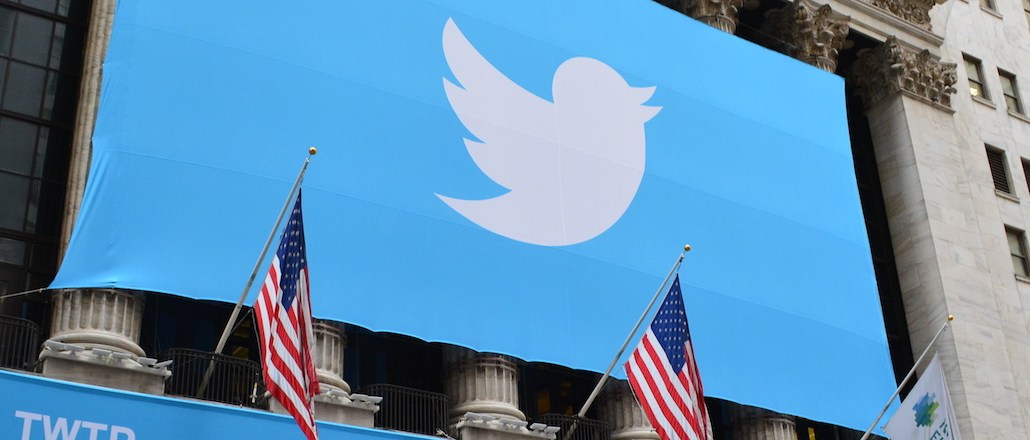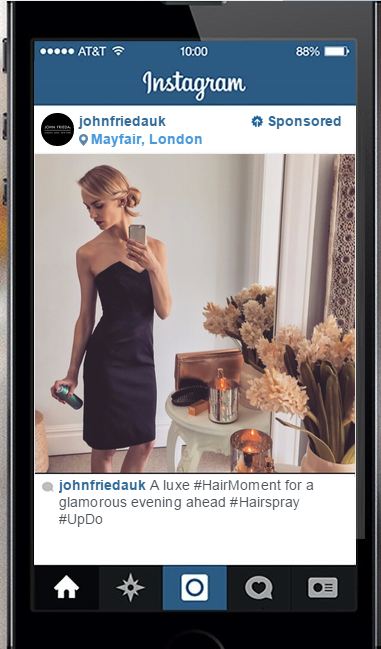Save 50% on a 3-month Digiday+ membership. Ends Dec 12.

Agencies have welcomed Instagram’s move to open its platform up to all advertisers, though some are raising concerns that dropping the minimum entry fee will see the platform saturated with rubbish advertising and put the squeeze on agency margins.
Until yesterday Instagram had cherry picked a handful of agencies and brands to run bespoke advertising on the platform for which it enforced a minimum spend of £50,000 ($78,061) in the U.K. In opening up its application program interface (API) to all marketers and dropping the entry fee, it has taken a similar method to ad booking as Google, Twitter and parent company Facebook.
The news has released a tsunami of excitement in the advertising industry. MediaCom’s head of paid social Renee Mellow said a “collective cheer” went round the agency when the API was switched on. She said the move will see the likes of Twitter and Snapchat fight harder to retain their place on the media plan, with Instagram boasting the edge given it will now include Facebook’s data and targeting capabilities. “That will be a huge instigator for clients when it comes to their spend,” she added.
However, Essence’s mobile director Liam Pook warned that advertisers must exercise control and ensure their creative is top notch, and in keeping with the premium nature of the platform. Flooding it with below par inventory, he said, will risk alienating its 300 million monthly users, 14 million of which are U.K. based.
To date Instagram has been gatekeeper to the quality of advertisements it accepts. Although it is likely to maintain fierce quality control guidelines for its self-serve platform, user experience may suffer as a consequence, at least in the short term, some worried. “Until now the responsibility for the quality control has been very much on Instagram. Now that responsibility will lie with the brands,” said Pook.
Essence has not spent any budget with Instagram to date, having found the “red tape” frustrating, according to Pook. However, the data targeting potential it will now provide via Facebook, renders it an exciting opportunity and the agency will look to start running test budgets of £40,000 upwards on the platform, which will likely scale “pretty quickly” added Pook. Clients such as the Financial Times and Viber will likely be among the first it will explore Instagram’s new capabilities for.

ZenithOptimedia’s performance marketing arm Performics was among one of the most prolific test parters of Instagram having run 11 campaigns with several of its brands, including John Frieda, dedicating more than £500,000 to the platform — a relatively small slice of its overall paid social budget. Performics’ head of performance Andy Pringle said the agency is “excited and enthusiastic” about all the additional targeting capabilities the self-serve tool will introduce. However, he stressed that dropping the minimum spend could cause headaches for agencies.
The £50,000 minimum spend stipulation was a great way to help determine which clients were prepared to make a serious financial commitment to testing the platform, he said. “All clients get excited about new digital platforms and want to spend on them, then when it comes to the crunch they will say ‘let’s test with £2,000 or £5,000′. It saved us a lot of time.”
This drop in entry fee will also put the squeeze on agency margins, which have been tightening for the last few years, according to Pringle. Media agency margins have dropped to their lowest point in seven years, according to Kingston Smith 1’s Marketing Monitor report, published today. The report, based on accounts most recently filed at Companies House until 20 June, unveiled that margins have dropped to 10.6 percent — their lowest since 2008.
“There are lots more exciting opportunities with Instagram, though my main concern is the fact there will be no minimum spend — so there will be decent brands who all want to do stuff on there but with limited digital budgets. All these platforms — Facebook, Twitter, and LinkedIn to a certain extent — have put pressure on agencies to skill up,” said Pringle. “We started with two people in 2011 and now there are 18 of us all dedicated solely to booking on Facebook and Twitter and all the other platforms.
Instagram, on the other hand, was easier because Pringle could buy over the phone and earn on a flat commission structure. “Now there is no commission that we get passed back by the supplier, which makes it harder for us. But there is a lot of work involved for the agency now,” he said.
Facebook tends to dominate on the media plan. At ZenithOptimedia, the social network accounts for 75 percent of its spend, while Twitter accounts for 25 percent. Pringle said it will likely increase Instagram’s budget allocation to mirror the 25 percent as well in the coming months.
Meanwhile DigitasLBi’s head of mobile Ilicco Elia agreed that the quality of advertising on Instagram will “absolutely suffer” in the immediate future as planners stick existing assets on the platform, rather than invest in bespoke formats. However, that will change in time as people become accustomed to it. “At the beginning it will be shit because that minimum spend barrier has gone so everyone will just be using what existing assets they already have,” said Elia. “But the advertising tools being developed for it will change that.”
Currently advertisers can run video ads of up to 15 seconds, but there are plans to introduce other features next year such image carousels, mobile app installs, and website conversion formats. The variety of tools being developed for marketers will render the diversity and quality of the advertising more sophisticated than the content itself, said Elia.
“What’s most interesting is that the better tools they’re to offer such as the carousel will be so much more sophisticated than what users can currently already do on there, so will be more advanced than the content itself — and that is a first I think,” added Elia.
More in Marketing

Agencies push curation upstream, reclaiming control of the programmatic bidstream
Curation spent much of this year in a fog, loosely defined and inconsistently applied. Agencies say they plan to tighten the screws in 2026.

‘A trader won’t need to leave our platform’: PMG builds its own CTV buying platform
The platform, called Alli Buyer Cloud, sits inside PMG’s broader operating system Alli. It’s currently in alpha testing with three clients.

Why 2026 could be Snap’s biggest year yet – according to one exec
Snap’s senior director of product marketing, Abby Laursen talked to Digiday about its campaign automation plans for 2026.





